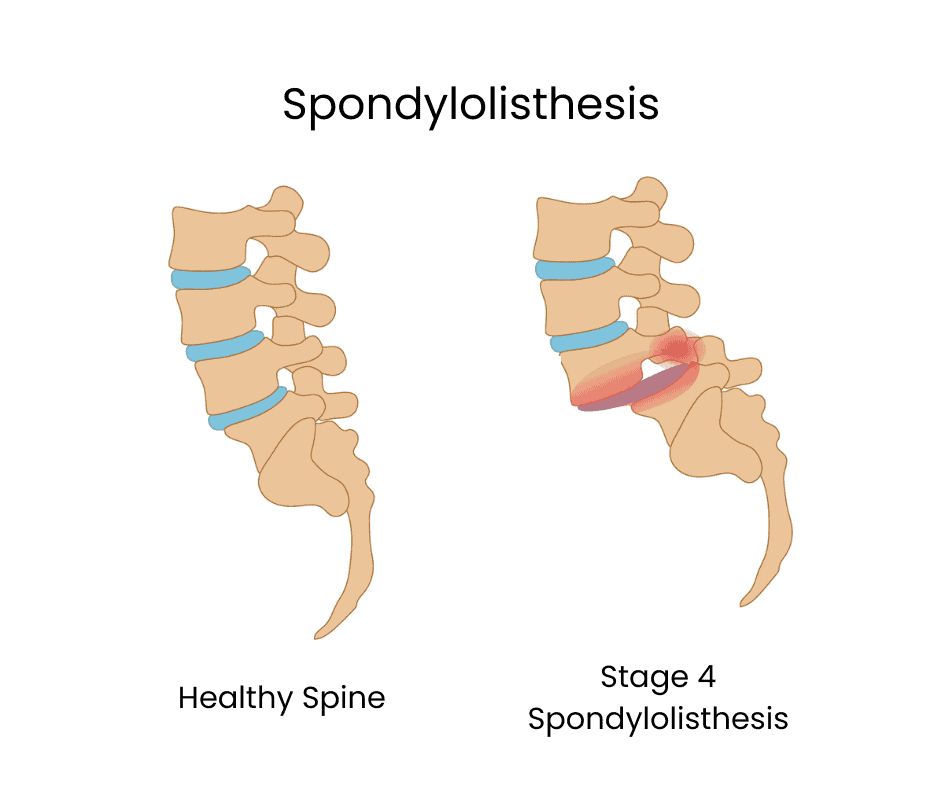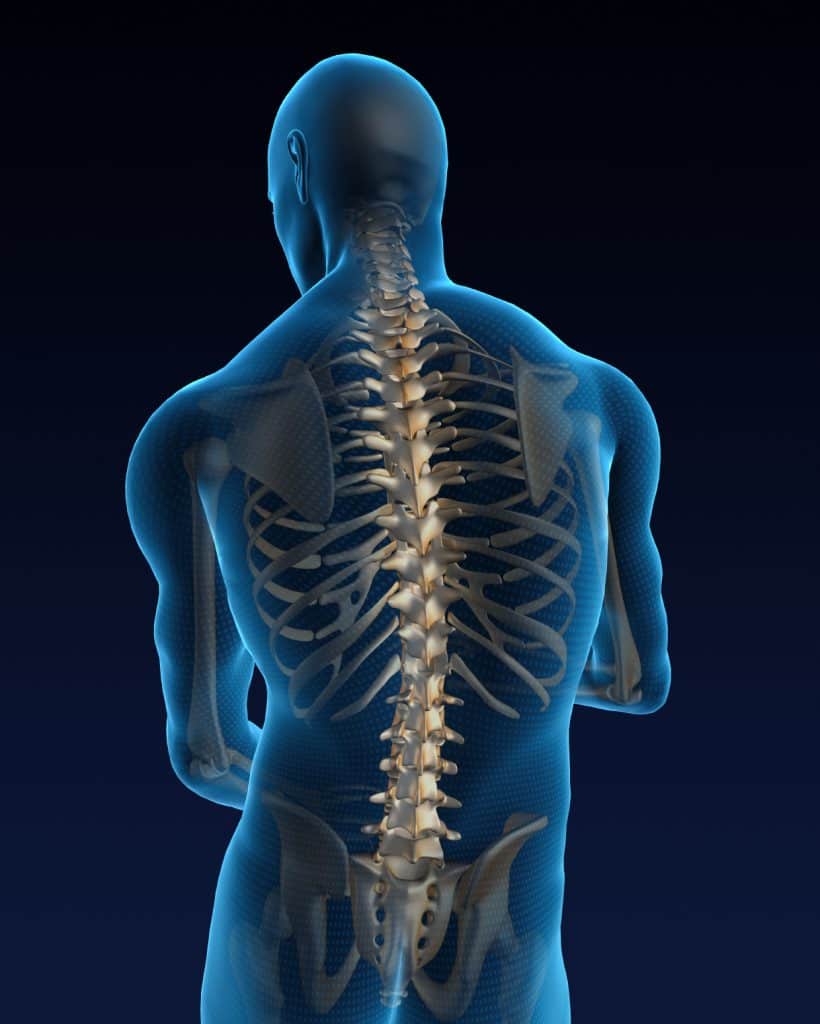What is Spondylolisthesis?

- What Are Common Spondylolisthesis?
- What Are Spondylolisthesis Treatment Options?
- What Are Spondylolisthesis Surgery Options?
- Who Should Consider Spondylolisthesis Surgery?
- What Are the Results of Spondylolisthesis Surgery?
Spondylolisthesis is a condition where a defect in the spine causes vertebra to slip to one side of the body. The condition occurs when spondylolysis is left untreated causing the affected vertebrae to weaken and shift out of alignment. This may occur anywhere along the spine and may cause back or leg pain that can range from mild to severe forms of pain.
Spondylolisthesis is commonly treated at Orlando Orthopaedic Center using both minimally invasive surgery and non-surgical methods as required by our board certified spine surgeons.
A majority of patients treated at Orlando Orthopaedic Center report an improvement in their condition.
What Are Common Spondylolisthesis Symptoms?
Symptoms of spondylolisthesis may include:
- Back or buttock pain
- Pain that runs from the lower back down one or both legs
- Numbness or weakness in one or both legs
- Difficulty walking
- Leg, back, or buttock pain that gets worse when you bend over or twist
- Loss of bladder or bowel control, in rare cases
What Are Spondylolisthesis Treatment Options?
Patients suffering from spondylolysis will be monitored closely to determine if the injured vertebra begins to move and spondylolisthesis develops. Continued physical therapy and other non-invasive methods may still be used when a patient first begins showing signs of spondylolisthesis. If the vertebra slippage continues, surgery is generally the next step in the treatment process.
What Are Spondylolisthesis Surgery Options?
 Your spinal surgeons will work with you to explore all of your options and identify the most effective and least invasive method possible while ensuring your optimum level of recovery. Surgical procedures that can be performed to treat spondylolisthesis include:
Your spinal surgeons will work with you to explore all of your options and identify the most effective and least invasive method possible while ensuring your optimum level of recovery. Surgical procedures that can be performed to treat spondylolisthesis include:
Spinal Fusion
Common spondylolisthesis surgery involves a spinal fusion of the lumbar vertebra and the sacrum. A spinal fusion uses minimally invasive techniques to join two or more vertebrae of the spine. Once healed, this fusion eliminates the pain caused by abnormal motion within the vertebrae themselves. In some cases rods and/or screws are used to hold the vertebra in place during the healing process.
The fusion surgery is a viable option for patients when motion or instability is the source of pain and the physician can pinpoint the source of pain. Fusions will often limit spinal flexibility where the surgery is performed, but since most fusions involve very small segments of the spine, motion is not limited by a significant amount.
Laminectomy
A laminectomy is used to create more room in your spinal canal so that there is space for your spinal nerves. It may be performed in addition to a discectomy, foraminotomy, and spinal fusion. A laminectomy is most often done to relieve the effects of spinal stenosis. The procedure is performed as a minimally invasive surgery to help preserve tissue and to leave more of the muscle intact.
Who Should Consider Spondylolisthesis Surgery?
Surgery should be considered for individuals who have failed conservative treatment with medications and injections, or those with symptoms that are so severe that they are starting to lose significant function and are at risk for permanent nerve damage.
All risks and benefits of spine surgery should be considered before making a decision. The spine surgeon will discuss all available options and treatments.
What Are the Results of Spondylolisthesis Surgery?
Surgery is successful in relieving back pain in a majority of patients. Majority of patients with acute or severe back pain can benefit more from a spinal fusion or laminotomy.


